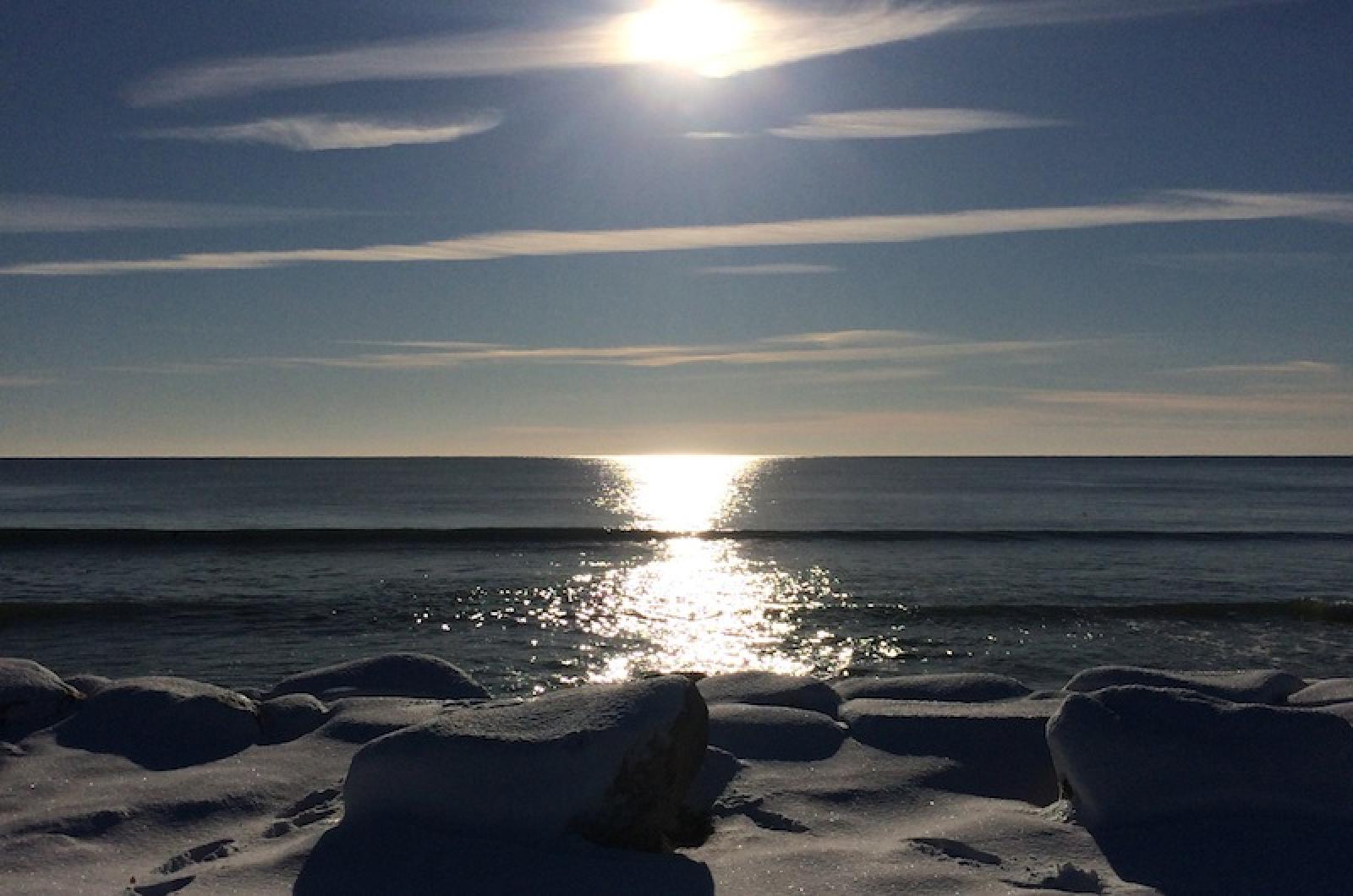From the Vineyard Gazette edition of Feb. 24, 1928:
“Happy are the people whose traditional place names are not dull,” says the Boston Globe, adding that New England’s coast is tolerably happy in its naming, “for the tongues of Elizabethan mariners were salty, picturesque and not too squeamish,” to all of which Vineyarders will agree without qualification.
But there is much more to be said about Vineyard place names, for the great majority of these are of Indian derivation.
Altered in their spelling until they are not recognizable in their original form or pronunciation, abbreviated and clipped short at both stem and stern, yet these old Algonquin place names survive, an index, however difficult to decipher, of Island history.
Beginning at Edgartown and listing the best known place names, for the most part in their modern spelling, we find history as we proceed: Katama, crab fishing place; Mashacket, great house; Pohogonot, at or on the cleared ground; Quanomica, eel fishing place; Watcha or Woachet, believed to be horse keeper from allusions to horses in early records.
Some English names appear: Jobs Neck, Jones Hill, Lobb Cove, Planting Field Way, Mob street, Mill Hill, Pennywise Path. These are self explanatory, but who knows anything about Will Lays Plain, now called Willies Plain? Tradition has it that William, the son of Nicholas Norton, lost his life there while digging a well that caved in upon him, while Pocha, seldom pronounced correctly, is translated as a “breaking in” and probably refers to an opening in the beach.
So much for Edgartown, the “old Town” of the past generations, and traveling westerly along the Mill Path, now a surfaced highway, we come to West Tisbury, which was the second settlement.
This is the “New Town” of fifty years ago, but long before that North Tisbury was so designated as early as 1750, according to Bank’s history.
Here are Old and New Mill Rivers, Tiasquin, a fording place, being the new mill site. West Tisbury has been associated with mills and grinding from a very early date and its Indian name, Tekemmy, means “place where corn is ground.”
Here we find the Schoolhouse Path, Scotchman’s Bridge Road, Holmes Hole Path, Meeting House Way, and Panhandle Road. Brandy Brow, said to have been the site of a public house, is among the survivors.
In West Tisbury we still hear the name of Christiantown, The Dancing Field, Black Pond, James Pond, Cedar Tree Neck and Ceasar’s Field. On the sign by the drive leading to the estate of Francis A. Foster may be read the name of the farm, Manaquayak, meaning a place of security.
In West Tisbury too is a spot bearing the longest name on Island records. It is mentioned in a deed given by Josias the Sachem to Experience Luce on Dec. 9, 1703. The name is Nohcouwohwoothuktack and means “the right-hand understood tree,” referring to a bound.
Chilmark with its little village possesses a great store of place names. Cape Higgon, as it is called, was once Keephikkon or Capigan, meaning a fenced enclosure. Menemsha, once the name of the village but now transferred by usage to the harbor settlement, does not belong to the village at all, but more likely to Prospect or Peaked Hill, as it means a signal pole or tree.
But the village at the sound shore bears the name, as does Menemsha Creek, Menemsha Pond and Menemsha Bight.
Nashaquitsa, now known as Quitsa, is “a little divided island.” Quenames translated means “long fish,” or eel. Squibnocket, “place where the red ground-nut grows”; Wequobscut, a stone wall. There is doubtless a doubtless a connection between this name and Stonewall Beach, both alluding to the stonewall boundary of early days.
Vineyard Haven possesses at least one place name that is a treasure in itself, Tashmoo or Kuttashimoo as it is spelled by Richard L. Pease. It means “the great spring,” which spring is the source of the town’s water supply. The name is also applied to the great pond.
Bass Creek received its name from the bass, which, frozen in the ice during the winter following Gray’s raid, furnished the inhabitants with a welcome supply of food. Ferryboat Island was once the landing place of the ferryboat of Isaac Chase. Lagoon Pond is mentioned in records of 1743 as a “lagoon of salt water.”
Farm Neck, Majors Cove, named for Major Peter Norton, the Great Plain — these are all common place names which are well known and there are many more that might be mentioned.
But there are hundreds of names known only to localities and in many cases to but a few nearby inhabitants. Mink Meadow, Cat Hollow, the Dodger Hole, Israels Hollow, Six Roads, Kings Highway, the Saltworks, Jethros Landing, each one filled with historical significance, which in most cases has been lost.
But the names, many of them remain and will remain, for it is not easy to imagine any people who would seek to change them for anything more modern or flowery. “Happy are the people whose place names are not dull.” Vineyarders are happy.
Compiled by Hilary Wall
library@mvgazette.com




Comments (6)
Comments
Comment policy »